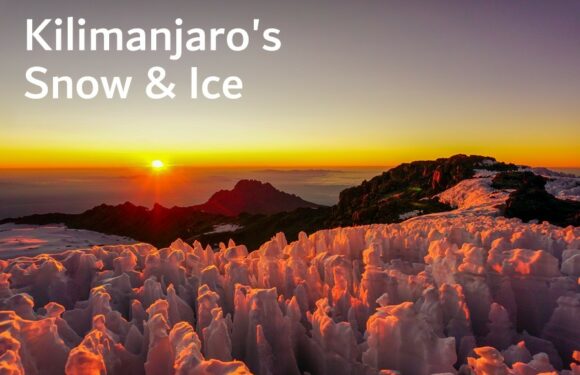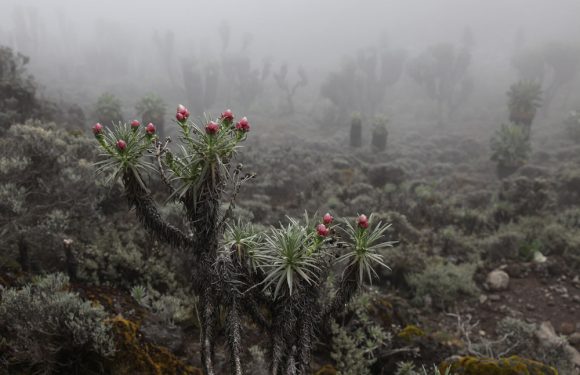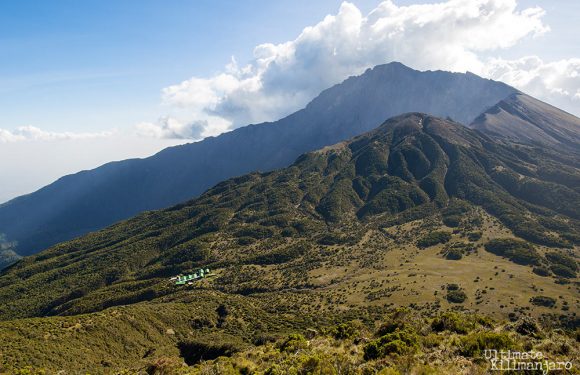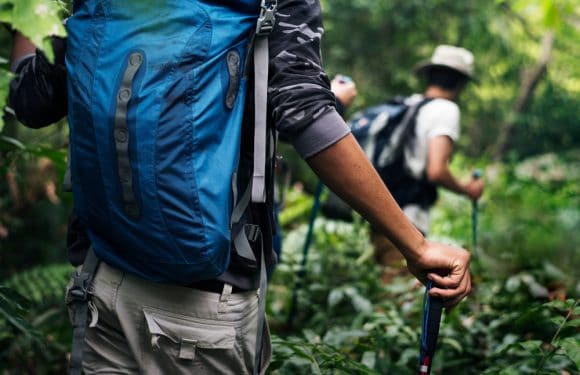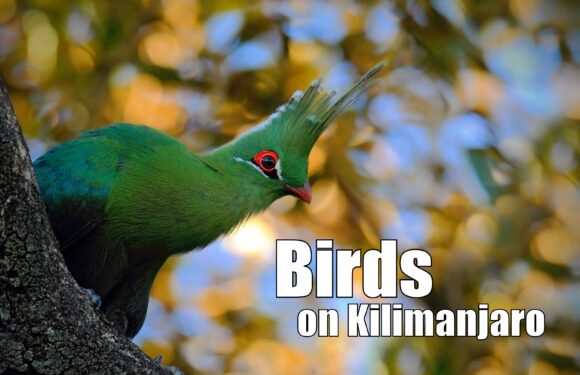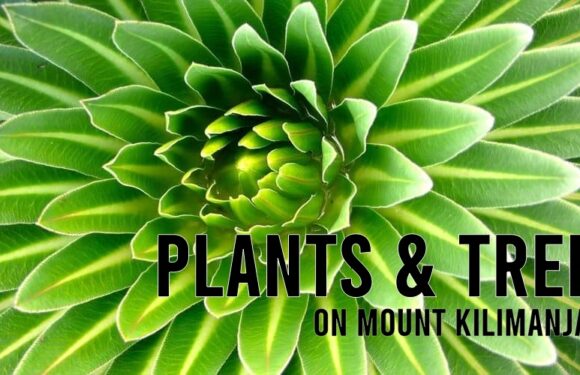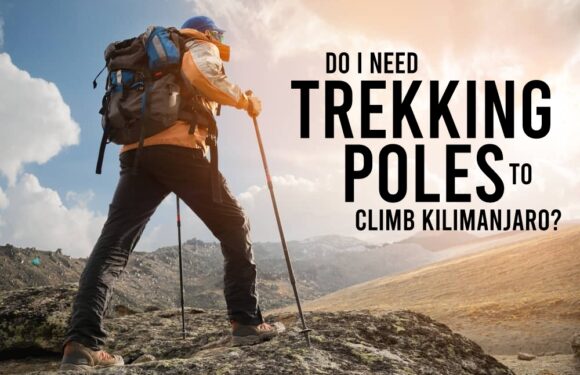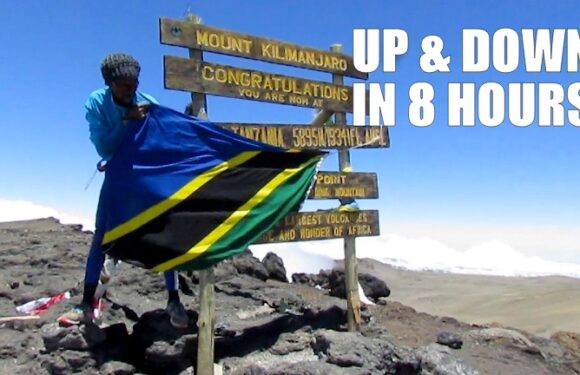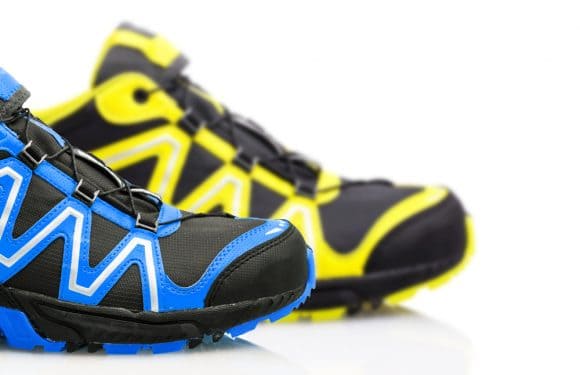If you’re like most people, you want to capture an epic shot of you on the summit of Mount Kilimanjaro. In this article, we will break down what type of camera you should bring on your climb.
Smart Phones
This is a no-brainer.
You want to take your cell phone with you. It is such a convenient way to take photos and videos. Nowadays, the quality of the built in cameras on smart phones is pretty high. You can take some really beautiful shots on nothing but your cell phone.
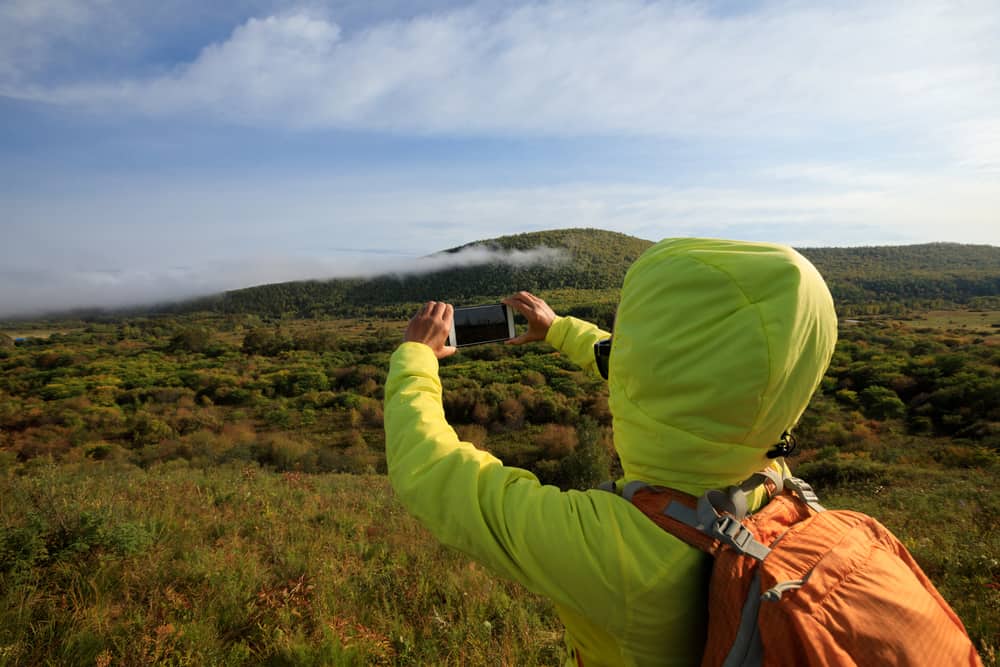
Most of us are experts in operating our phones because we use them daily. That means no fumbling around trying to figure out your controls. Additionally, they are small, lightweight and compact. You can stick your phone in your hiking pants pocket and pull it out in an instant. There’s less chance of missing a shot.
Even if you bring other cameras on your trek, it’s a good idea to carry your cell phone too. It can serve as a back up camera. It also does other useful things, like make and receive calls and messages, provide light, provide the time, play music, etc.
GoPros
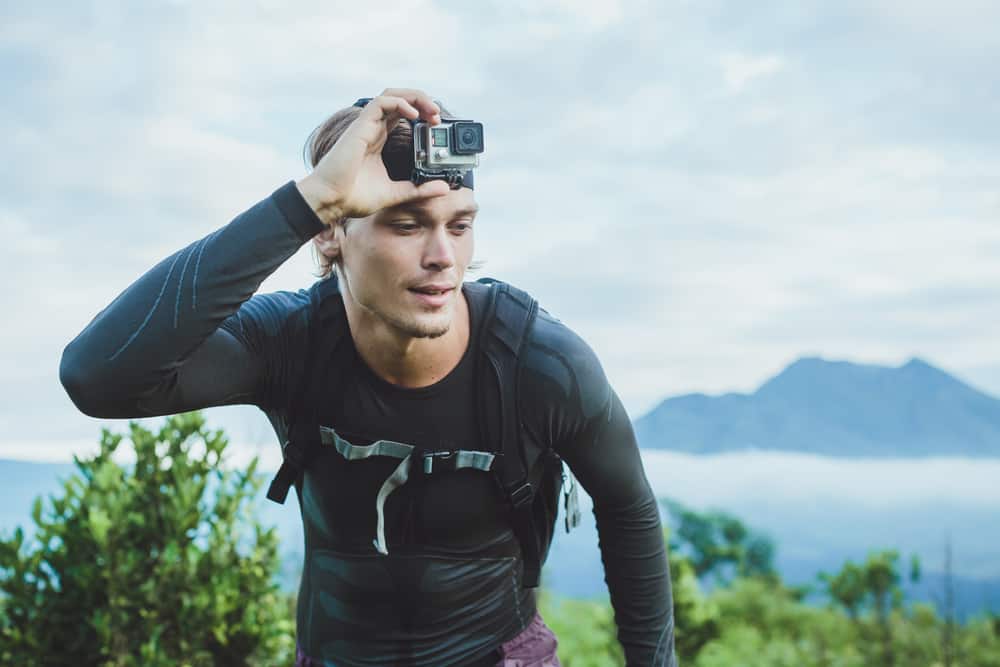
GoPro cameras were made for action. They are wearable cameras that can be mounted to a head strap, helmet, chest strap, wrist strap, or even a selfie stick or trekking pole.
GoPros are commonly used by sport enthusiasts, especially for activities where holding a camera is impossible or impractical, such as mountain biking, skiing, or skydiving. However, GoPros are popular with the outdoor community overall for a number of reasons.
The GoPro is an impressive piece of technology. First, their cameras are very small, lightweight and waterproof. Furthermore, they are very durable and expected to stand up to rough treatment. As for the video itself, it shoots in incredible 4K resolution, has a 170-degree wide angle lens or even a 360-degree lens, and also functions as a camera.
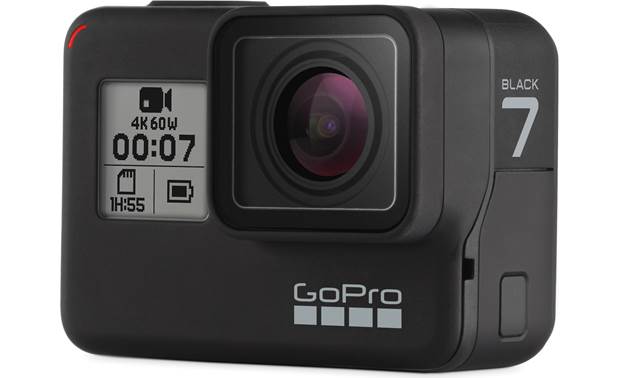
But here are the drawbacks. The wide angle lens makes things seem very far away. There is no zoom, so in order to get a fuller framed shot, you have to get very close to the subject, which is not always possible. Secondly, they have short battery life, with just 1.5-2 hours per charge.
If you have a GoPro or are considering getting one, go ahead and bring it to Kilimanjaro. We have seen some great Kilimanjaro videos shot exclusively with a GoPro. The wide angle is especially great for selfie shots. We are confident that you would capture some clear and crisp video on your trek.
You can view GoPros here.
Point and Shoot Cameras
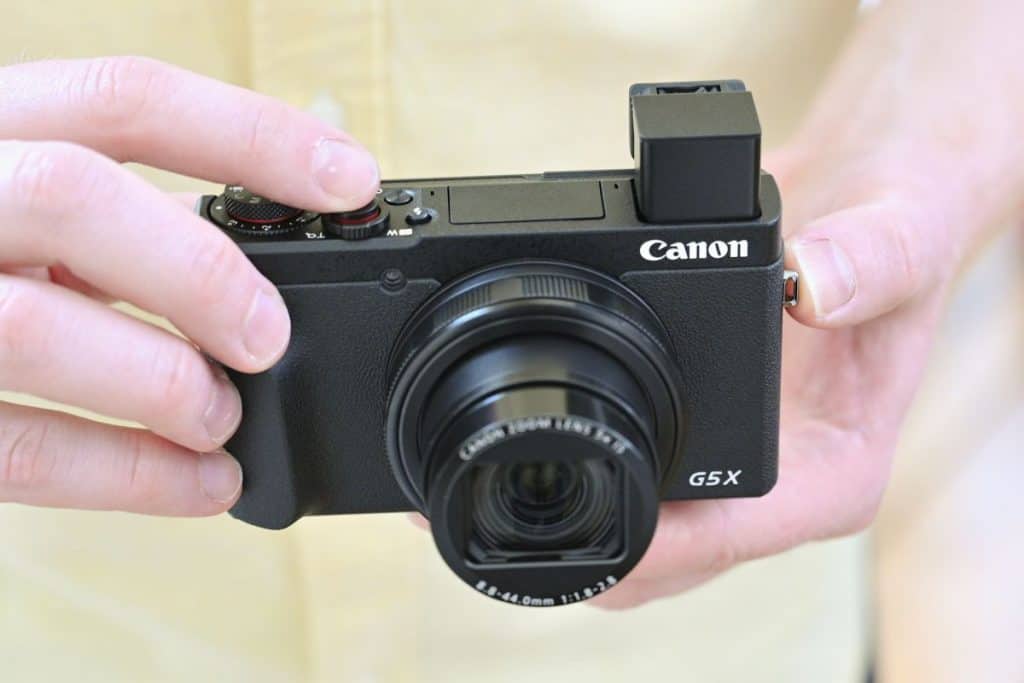
Point and shoot cameras were designed for their simplicity.
As the name might reveal, it’s a camera where all you need to do is point the lens at the subject and press the button. There are no lenses to switch out, no external flashes, and most functions are automated. There are not many decisions for you to make; the camera makes choices for you.
The Canon PowerShot and Nikon CoolPix are excellent point and shoot cameras.
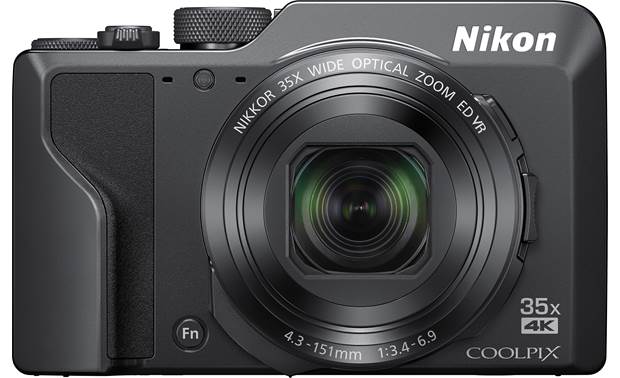
Truth be told, we don’t see many people with point and shoot cameras on the mountain anymore. It seems like these compact, lightweight devices have fallen to the wayside now that smart phones have become very close to duplicating the images and convenience of point and shoot cameras. So those who want better photos than their phones can produce typically don’t usually bring a point and shoot camera, they bring a DSLR.
DSLR Cameras
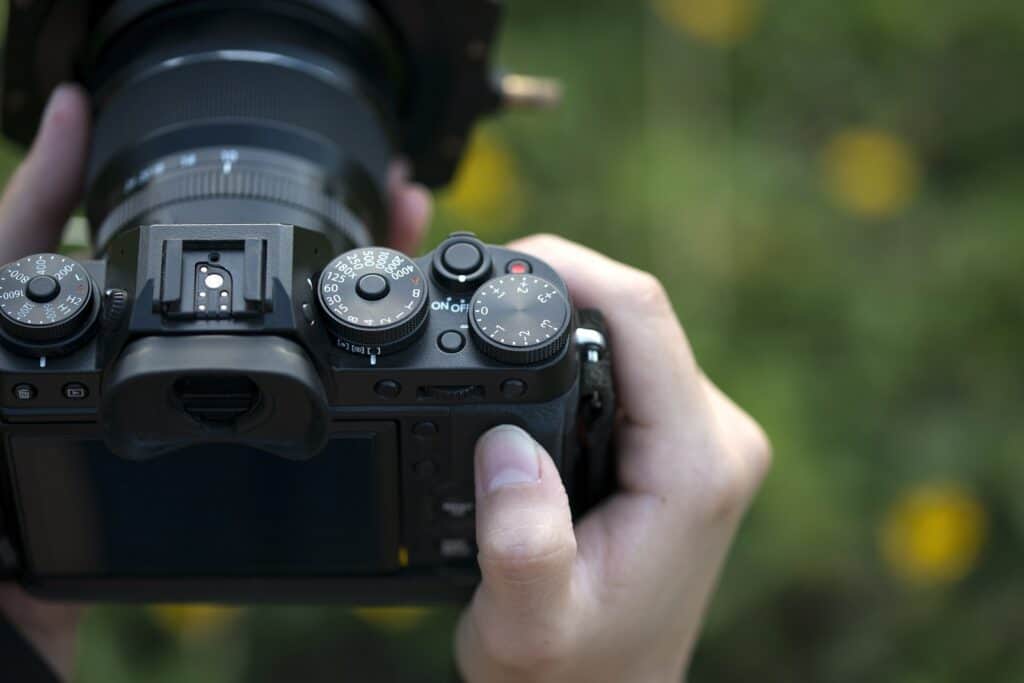
Most professional photographers use DSLRs for their work. These cameras produce significantly better image quality than smart phones or point and shoot cameras.
DSLR stands for digital single-lens reflex. A DSLR allows light to enter a single lens where it hits a mirror that reflects the light into the camera’s viewfinder. It uses an optical viewfinder (Mirrorless cameras, on the other hand, use an electronic viewfinder).
The main disadvantages of using a DSLR are carrying the additional weight and the complexity of operation. The bulky, heavy devices and lenses can certainly make trekking more difficult. And having to deal with changing lenses and different settings may become too much when you add in high altitude and possible exhaustion.
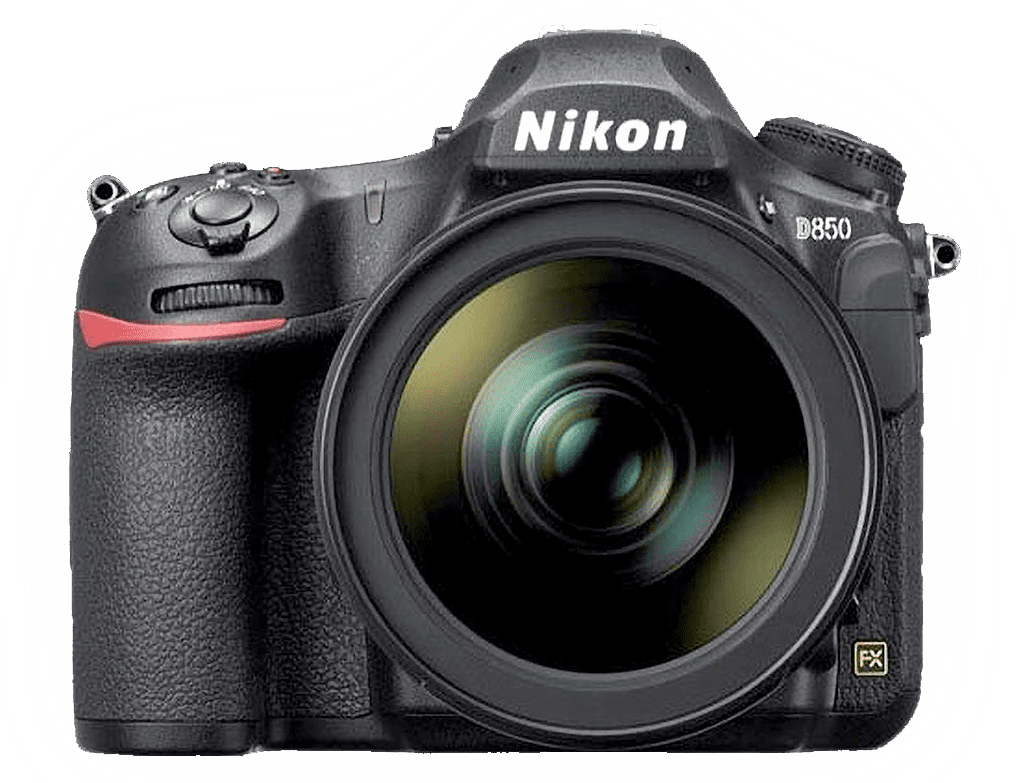
That being said, if you are tempted to bring a DSLR, bring it.
Mount Kilimanjaro is very photogenic. The way the environment changes as you trek through each ecological zone is spectacular. We have never heard of a client that regretted bringing their big camera. Despite its weight and bulk, we believe that the opportunities for snapping beautiful, high resolution photos during the climb is worth the hassle. Our camera-toting clients often come down very happy, with several thousand shots.
If you are going to bring a DSLR camera, it is recommended that you use a camera bag. Or hike with it in your hand. This way, you have easy access when the perfect shot appears. Putting the camera in your daypack is a sure way to have few photos. It’s unlikely you will want to take it off your back with any frequency. Also be mindful of what you are going to do to protect your camera if it begins to rain.
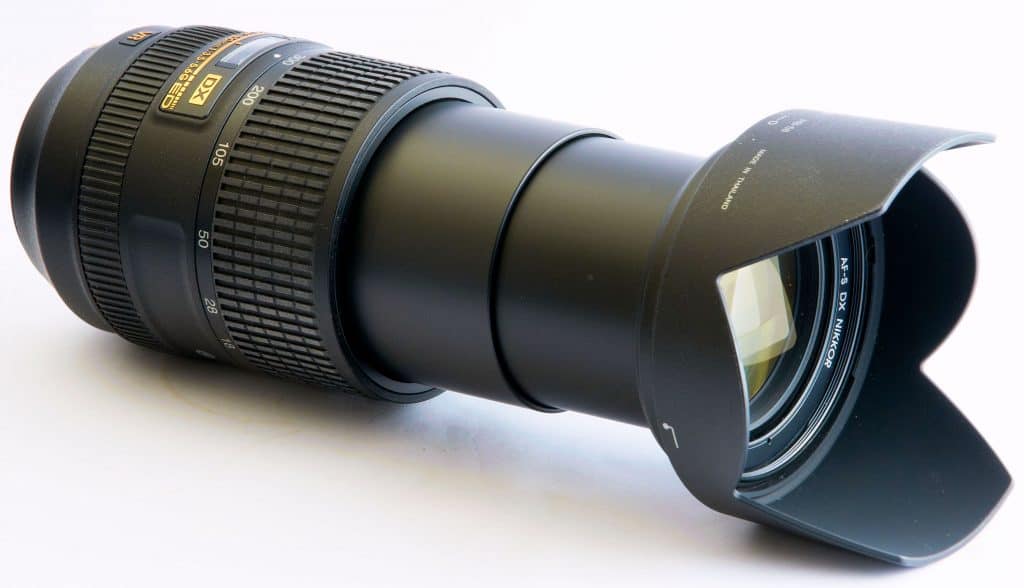
The number of lenses and extra batteries you bring is correlated to your ambition. If you are going to bring a single lens, a standard zoom lens with a wide range of adjustable focal lengths, say 18-300mm, is a good choice.
We suggest bringing at least one camera battery for every two days on the mountain. So for an eight day trek, bring four batteries. Assuming you only take still shots, not video, you will probably only use two or three batteries for the first six days.
If you are going to shoot video, then you would probably want one battery per day on the mountain, plus extras. Bring a fresh battery for the summit. (TIP: Carry your camera battery in the inside jacket pocket so it stays warm and energized during the climb. Put it in your camera as the sun rises and snap away.)
Overview
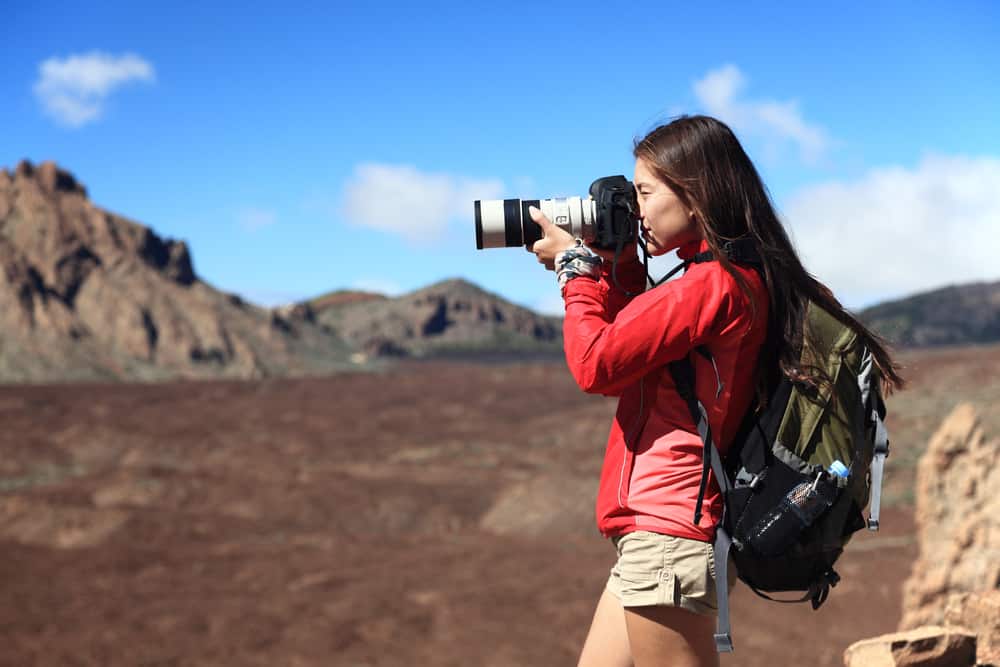
We hope this article helps you with your decision on what kind of camera to bring on Mount Kilimanjaro.
For most people, bringing only the mobile phone is the best and most common option. If after reading this you have the desire to use a nice point and shoot, GoPro or DSLR, great. You will have access to some better photos and video that you and your group would certainly appreciate.
The best camera is the one you will actually use.
An expensive camera that sits in your daypack for most of the time is not very helpful. You want to be very familiar with your camera. The mountain is not a place to learn how to use it.
__________





















































